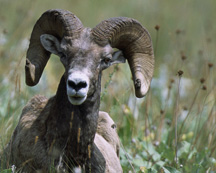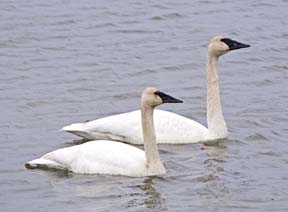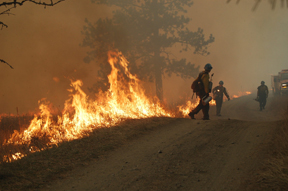 Rivers have floodplains. We are starting to learn that the floodplain needs to do its thing — flood — for the surrounding natural systems to work. With all the attention that this year’s wildfires are getting, there is a little more attention being paid to not building where fire needs to do its thing.
Rivers have floodplains. We are starting to learn that the floodplain needs to do its thing — flood — for the surrounding natural systems to work. With all the attention that this year’s wildfires are getting, there is a little more attention being paid to not building where fire needs to do its thing.
Here’s an very brief opinion piece in the Helena Independent Record calling for blocking development in the “fire plain.”
Given that there are entire ecosystems that are fire-dependent, is it possible to designate a “fire plain”? Three years ago, Texas Forest Service GIS Specialist Karen Ridenour won a Firewise Leadership Award for investigating just that question. Here’s the press release on her award, with links to follow for more info.
Photo of prescribed burn in the Black Hills of South Dakota by Terry Tompkins, courtesy of US Forest Service

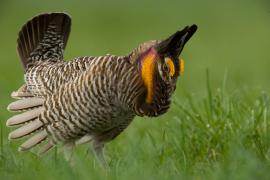 Greater prairie chickens are booming again this spring in Wah-Kon-Tah Prairie, Missouri. The species had been extirpated from the area until five years ago when the Missouri Department of Conservation translocated some greater prairie chickens from Kansas.
Greater prairie chickens are booming again this spring in Wah-Kon-Tah Prairie, Missouri. The species had been extirpated from the area until five years ago when the Missouri Department of Conservation translocated some greater prairie chickens from Kansas.
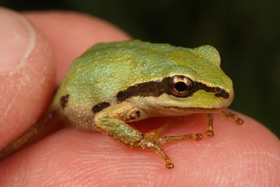 Things have actually been pretty quiet over the past month when it comes to wildlife diseases. The big news, of course, is
Things have actually been pretty quiet over the past month when it comes to wildlife diseases. The big news, of course, is 